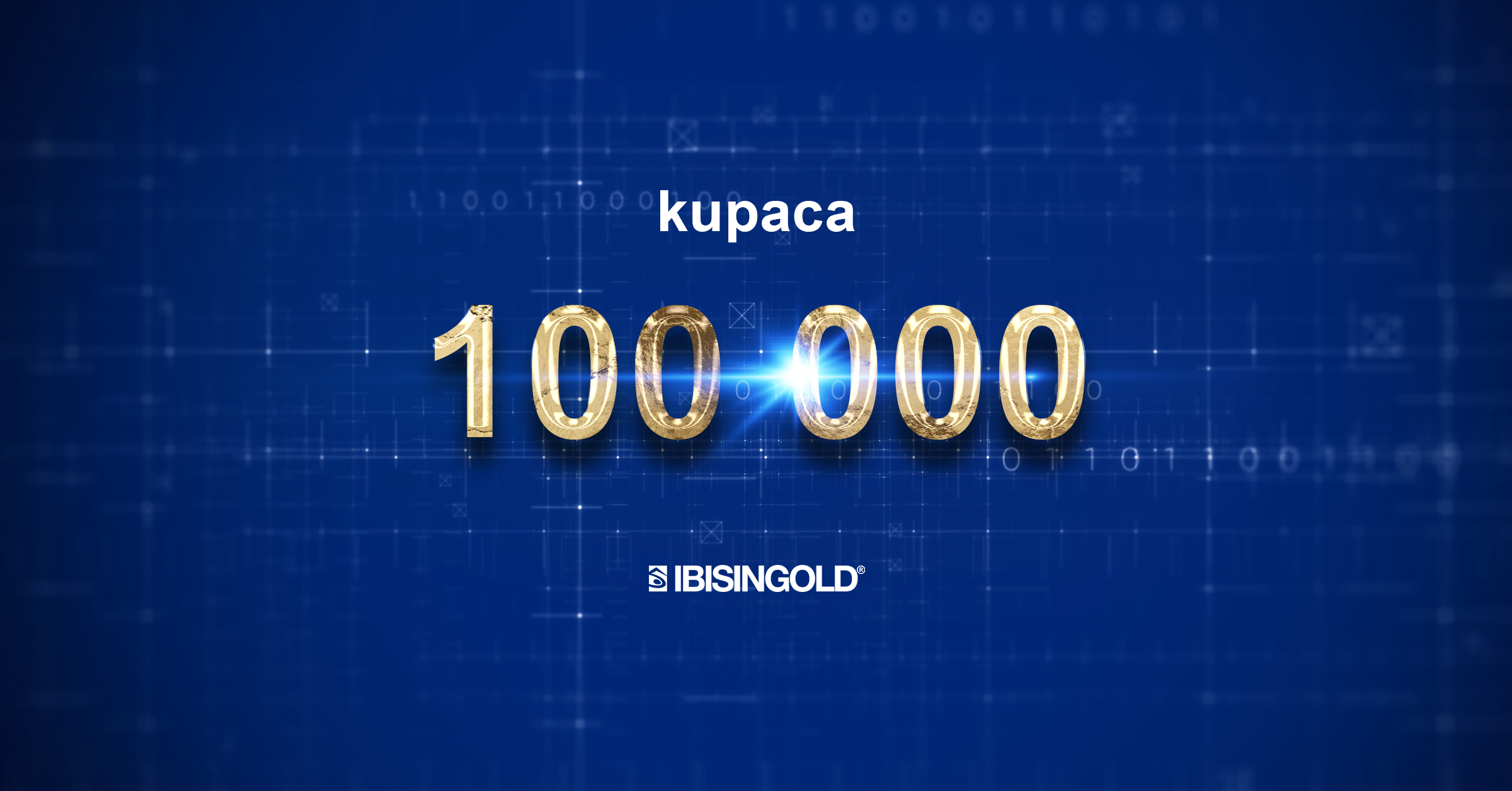Blog
Koje su novosti i događaji zadnjih dana? S nama ćete ostati u tijeku. Sretno čitanje.

07. 08. 2025
Bc. Miroslava Sojková, Social Media Director
Zlato naspram fiat valuta: zašto središnje banke više vjeruju zlatu
U svijetu u kojem se ponuda novca širi bez stvarnog pokrića, a fiat valute gube na vrijednosti, zlato nudi provjerenu zaštitu i služi kao neovisno sidro stabilnosti. Njegova ograničena ponuda i neovisnost od političkih ciklusa čine ga idealnim alatom za diverzifikaciju rezervi. Dok središnje banke gomilaju zlato kao suvremenu zaštitu od neizvjesnosti i obični bi investitori trebali razmotriti njegovo uključivanje u svoje portfelje. Ne samo zbog potencijalne dobiti, već, što je još važnije, zbog stabilnosti u nestabilnim vremenima. Zlato predstavlja povratak sigurnosti koja je svijetu potrebna.
Počnite štedjeti danas!
Izgradite svoje obiteljsko bogatstvo i uberite plodove svog ulaganja






